
17 Jan Travel through Castile León, the Pyrenees & Valencia with Just Explore
The travel team at Just Explore is expanding its list of destinations in 2024 and plans to take you to some beautiful parts of Spain that tend to be overlooked by the common tourist.
Of course, there is so much beauty and history among the rolling hills of Andalusia and its idyllic whitewashed towns, and so much happening in the Catalonian capital of Barcelona, or the thrill you get when walking down the buzzing Gran Via in Madrid – the most frequented sites of Spain are still an amazing way to see the country and get an insight into its rich culture. But there is still so much more to see. If you just wander north of Madrid, there’s a whole new land to be discovered that’s equally deserving of a visit: Castile and León. The region boasts a great diversity of natural landscapes, spectacular monuments and a varied and abundant gastronomy.
Then, in the northeastern corner of Spain, you will see nature at its peak: the Spanish Pyrenees. While, further down the east coast of Spain, there is the Valencia region. Well known for its paella and hidden beaches in summer, but the more you explore the more you’ll start to understand the rich beginnings of this region and its abundance of pretty towns and natural parks. So before you set off to these lesser-known gems of Spain, let Just Explore give you a teaser on what they offer, and an extra reason to start packing your bags.
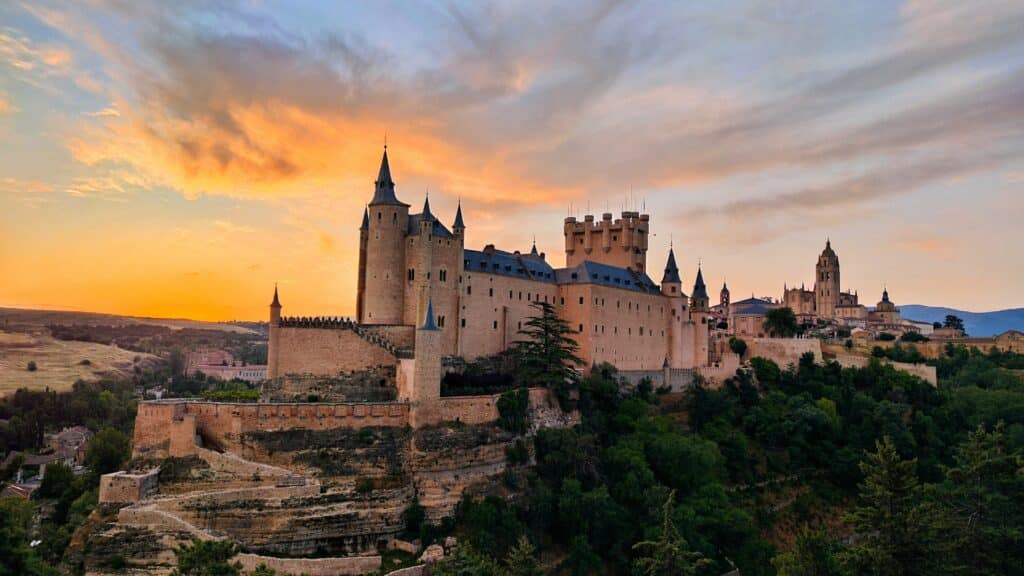
Travel through Castile and León
The Romans left their mark in Castile and León, starting in Segovia province where you can find the world’s largest aqueduct. The impressive structure was built during the second half of the first century A.D. under the rule of the Roman Empire, and it supplied water from the Frío River to the town of Segovia into the 20th century. The remaining structure stands 28.5 meters tall and stretches 813 metres long, and is a must see. Fascinating villages in Segovia with such spectacular monuments are spread out all over the province.
Coca
This charming village is a must see. The town’s roots start in the pre-Roman period where it was destroyed twice, first in the conflicts against Rome after the second Punic War between Romans and Carthaginians. Its castle makes Coca special. It dates back to the end of the Middle Ages and has a beautiful Mudejar style, common in the region.
Real Sitio de San Ildefonso
This town is another beauty and known by some as the Versailles of Spain. The town’s location makes for great nature walks, and the local gastronomy comes complete with judiones (butter beans) and the delicious suckling pig of Segovia as the main dishes. But it’s best known for its popular architecture, particularly the Royal Palace of La Granja de San lldefonso, with its spectacular fountains and gardens.
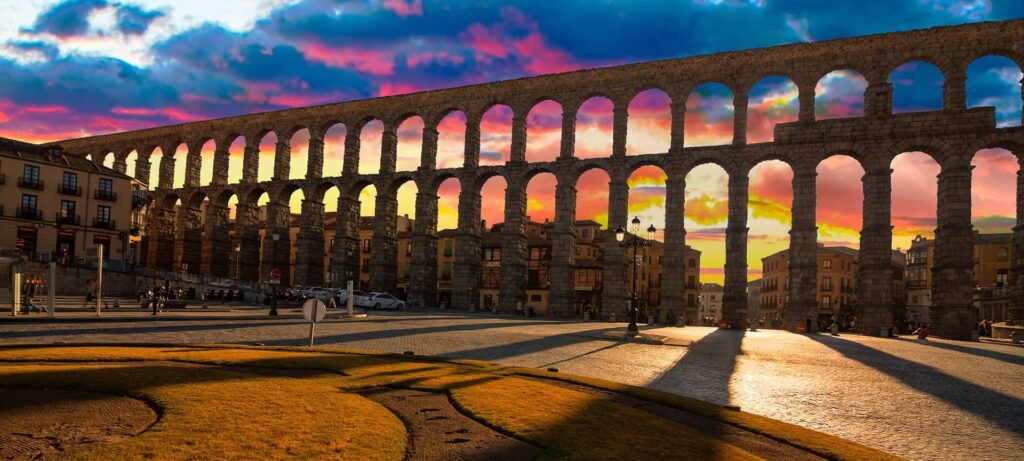
El Muyo
This village is definitely worth a peek. Here, you’ll find perfect examples of Spain’s black architecture. Marvel at the slate structures set against a picturesque backdrop of mountains, and enjoy one of the town’s many remarkable routes around it.
Astorga
This town is in the province of León and is a must see as it offers a rich medieval legacy. The walled town preserves churches, convents and hospitals which takes visitors back to the purest tradition of the Pilgrim’s Road. The town is also known for the work of Modernist architect Antoni Gaudí, who worked on the Bishop’s Palace.
Zamora
Another fantastic town to see, it brings out Castile and León’s Romanesque artistic heritage, which resulted in it being declared a Historic-Artistic Site.
Once you’ve marveled enough at the Roman structures and architecture of Segovia’s villages, you’ll want to immerse yourself in the wonderful natural landscape Castile and León has to offer. A perfect way to do this is by visiting the Picos de Europa National Park. Spread across three different regions, it is full of oak and beach groves and boasts incredible rock formations that’ll set your Instagram alight, and is home to the brown bear and the Iberian wolf. The Naranjo de Bulnes is one of the most impressive peaks, its limestone dates back to the Paleozoic Era. Just as impressive is the Torre de la Palanca at 2614 meters – is one of the highest peaks in the province of León and its views are astounding.
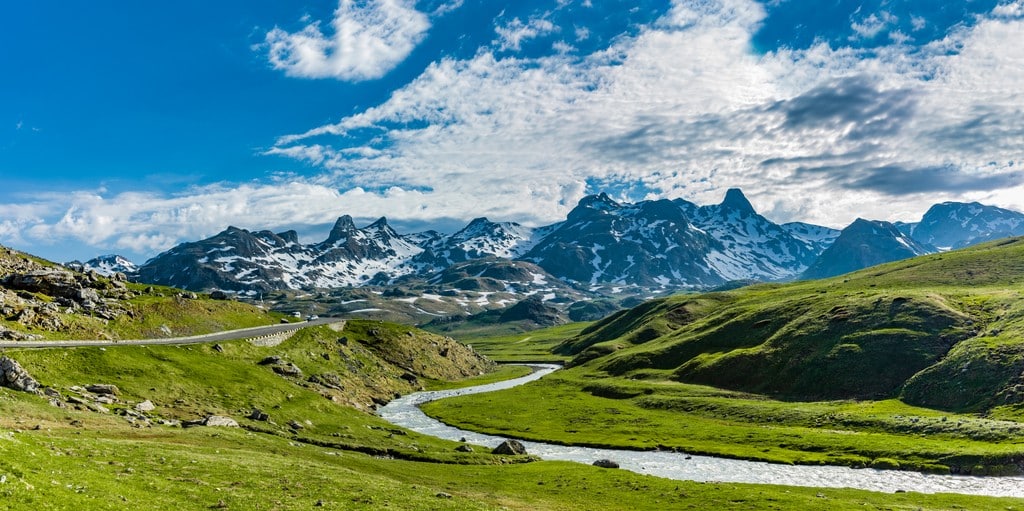
Spanish Pyrenees: Nature at its peak
This mountain range acts as a border between Spain and the rest of Europe and stretches along the northeastern part of the country for more than 400km through Navarre, Catalonia and Aragon. The landscape consists of rivers that flow through the valleys, many villages at the foothills and an abundance of vegetation.
The Aragon region boasts many must-see medieval towns, with 13 of them included on a list compiled by the association The Most Beautiful Villages of Spain.
Alquézar
This town takes any visitor back in time with its charming cobbled streets. It’s also known for its enchanting walkways with many different points to view the surrounding mountains and valleys.
Anento
This village will also charm you. Its Romanesque church dates back to the 13th century, while the village in the Jiloca valley is home to the Aguallueve spring, flanked by small caves, which you can walk through to be completely immersed in nature.
Ansó
Here, is also another must-see village, and a wonderful opportunity to be introduced to Pyrenean architecture. Its narrow streets, and its stone buildings, which date back to the 13th century, are a marvel to look at.
Calaceite, Cantavieja, Albarracín, Puertomingalvo, Roda de Isábena and Valderrobres are also more ideas on other villages to explore that will take you right back to the Middle Ages.
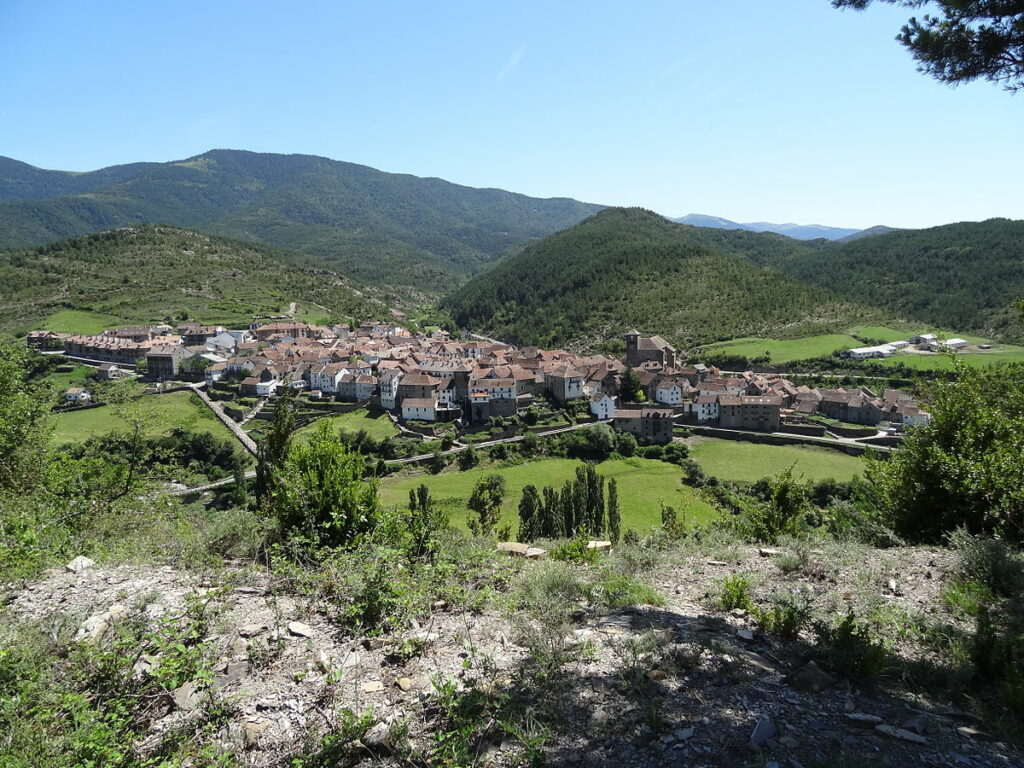
One of the greatest stories of the Spanish Pyrenees, which has turned into one of the country’s most unique sites is the Canfranc Hotel. Nestled deep in the magical valley of the Pyrenees, what was once an abandoned railway station, is now a luxurious hotel. Canfranc Station opened as an opulent rail hub in 1928, with an inauguration ceremony attended by both the King of Spain and the President of the French Republic; as the hotel’s location is not far from the French border.
It survived World War II, witnessing countless arrests, espionage and gold trafficking. Prior to the Nazi takeover of the Canfranc municipality, the station acted as the gateway to liberty for some European Jews who were persecuted by the German regime. By 1970, the station had closed its doors. It was abandoned for decades until work began to transform the site into a hotel operated by the Barcelo Hotel Group. After years of works, Canfranc Station welcomed its first guests in January 2023.
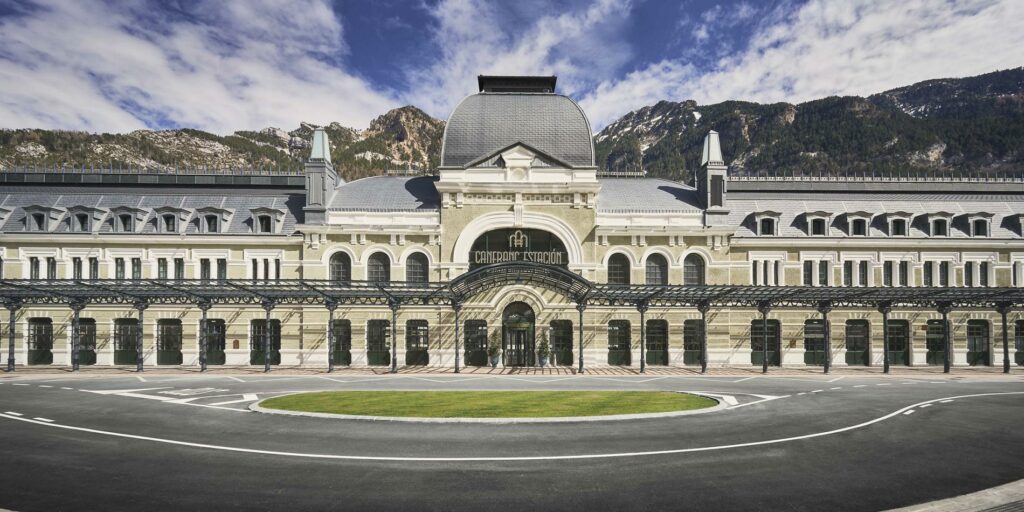
The Pyrenees region in Catalonia offers the perfect escape from the often crowded Costa Brava and Barcelona. It offers a wonderful opportunity to get out and explore untouched nature. Here, you’ll find several ski resorts, a network of hiking trails and cycling paths, extinct volcanoes, hearty Catalan food, medieval towns, and rich cultural attractions.
The volcanic area of La Garrotxa is just one of many sites that will take your breath away in this magical corner of the world. It was declared a natural park in 1985, and within its 15,000 hectares you can find 38 volcanic cones, over 20 lava outflows and many biological and cultural attractions. This natural gem encompasses 11 different municipalities, the majority on the banks of the Fluvià river. A large variety of animals also inhabit the area: wild boar, foxes, squirrels, rabbits, weasels, moles, hedgehogs, newt, and water snakes.
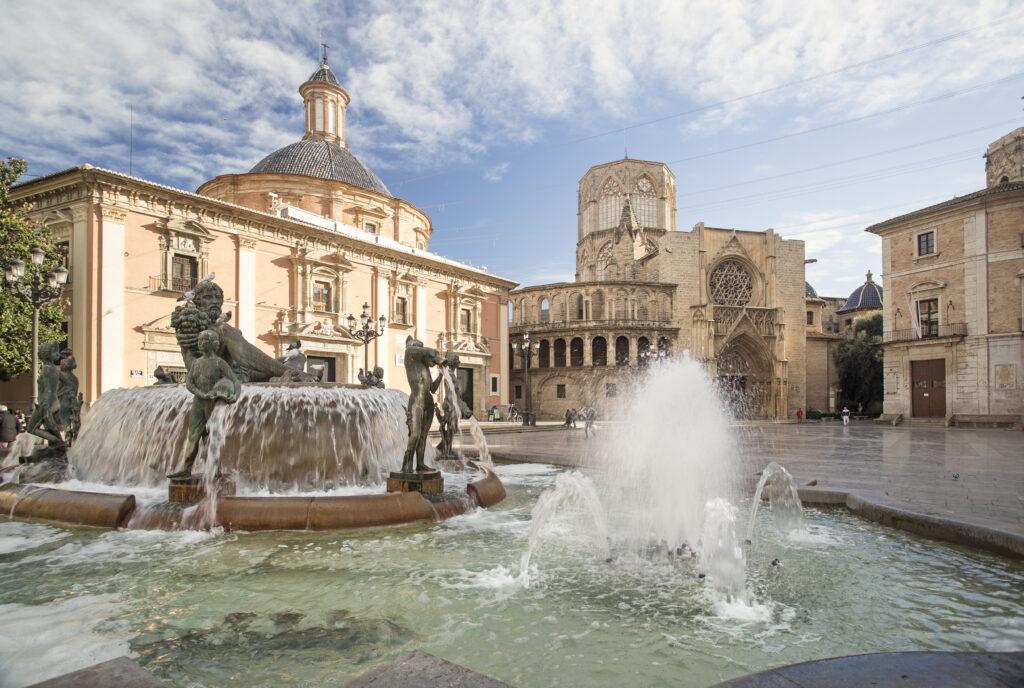
An authentic taste of Valencia with Just Explore
The team at Just Explore is excited to offer tailored trips down the east coast of Spain through the Valencia region and the hugely-popular Alicante province. This beautiful region boasts so much more than tasty paella, what it has become world-famous for. Valencia, the city itself is the third-largest in Spain and an obvious choice for a trip to see its bustling centre, its thriving nightlife scene and to try its many traditional hearty dishes.
The city of Valencia was founded in the year 138 BC by the Romans. They started by building the Forum in the Plaza de la Almoina (in Valencia’s old town). Then, in 714 the Visigoths arrived in Valencia after the Romans and Muslim rule. Then in 1238 King Jaime expelled the Moors from the city, but they didn’t leave without leaving their mark behind which can be seen through the city’s artistic influences and recipes. The city’s agriculture and maritime trade flourished in the 14th and 15th centuries and caused an economic boom where many of the city’s iconic landmarks emerged such as the Valencia Cathedral, Torres de Serrano, the Torres de Quart and the Silk Exchange (La Lonja).
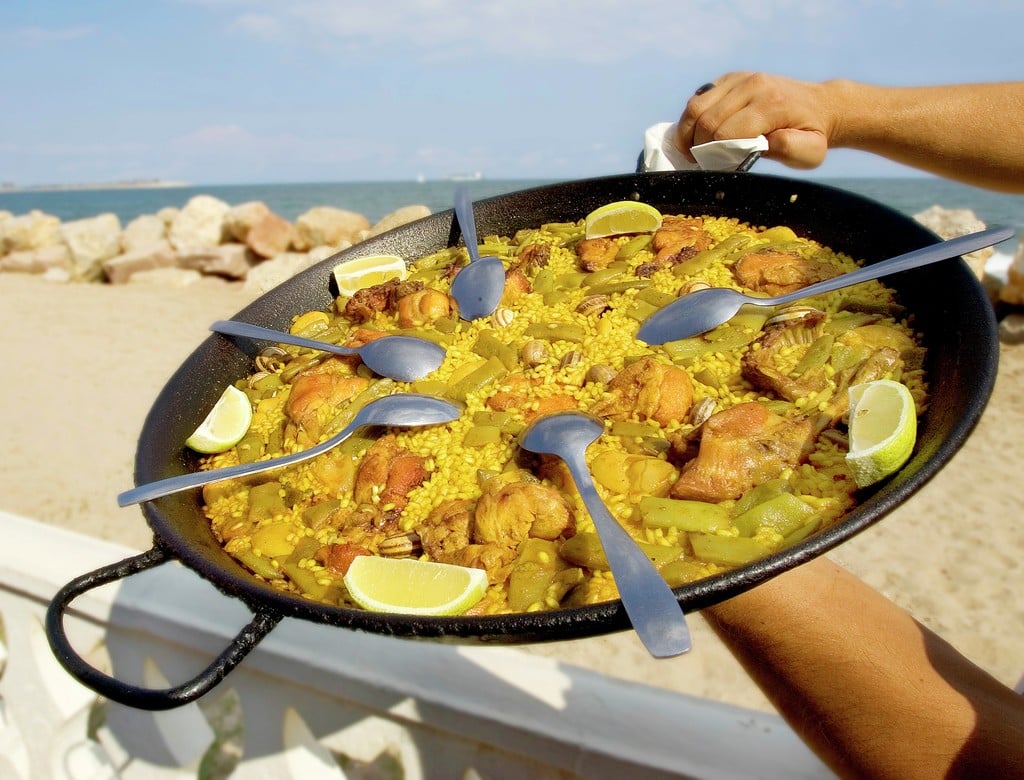
The region boasts many wonderful towns to see and natural parks to explore. Just 10km from the city, you will find not only nature in its purest form, but the home of paella in Albufera Natural Park. The lagoon is one of the most valuable coastal wetlands in the Mediterranean basin and home to the largest lake on the Iberian peninsula.The colossal freshwater lagoon is separated by the Mediterranean Sea by the pine trees sand dunes of Saler, and one of the most popular things to do in La Albufera is to enjoy a boat ride at sunset.
El Palmar
This sleepy fishing village in the middle of La Albufera is definitely worth a trip. Here, you’ll find dozens of restaurants specialising in paella and other rice dishes, and it is almost guaranteed you’ll find the best paella of your life. An interesting fact, despite a population under 1000 people, the town has 30 restaurants, an ode to its love for food.
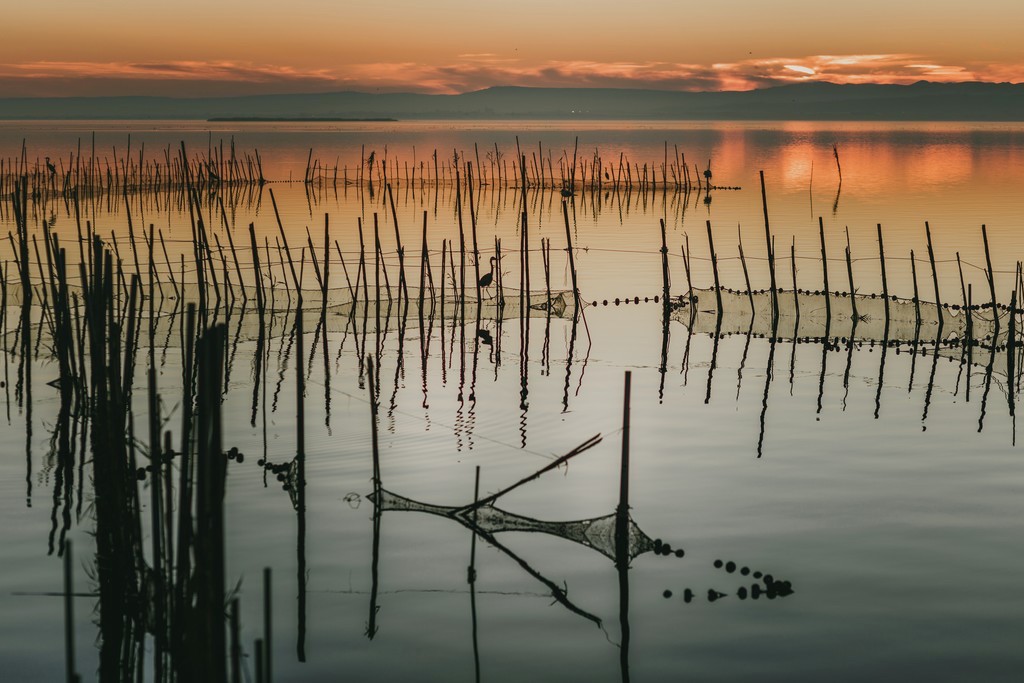
Alicante province boasts many enchanting towns, inland and along the coast.
Elche
This is a beautiful beachside town and is actually home to Europe’s largest palm grove. The urban oasis has been declared a World Heritage Site. On one end is the Town Park, the largest gardened area of the palm tree forest, which has a total of 200,000 specimens. Elche has a rich history involving two separate locations. With the arrival of the Arabs the town was moved to its current site, between the eighth and ninth centuries, to the area known as Vila Murada, or walled city. It’s historical centre and the basilica of Santa Maria are at least 2000 years old.
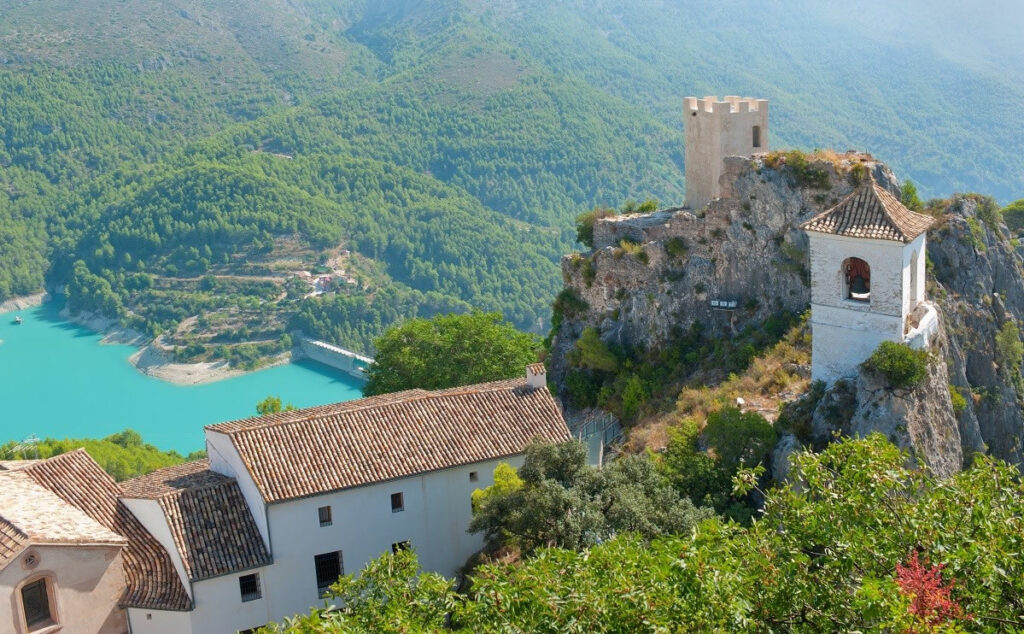
Denia
This popular coastal hot spot offers 20km of stunning sandy beaches, making it a popular choice in summer. An interesting fact is that the old train station is now home to the Toy Museum, a hit among children. Immerse yourself in the town’s rich history as it sits at the foot of a hill crowned by a castle, which was the residence of the erstwhile Marquis of Denia. The town also has well preserved ancient walls and bastions. Just outside the town you can visit the hermitages of the conquest Sant Joan, Santa Paula and Santa Lucía, constructed in the 14th and 15th centuries.
Javea
This is another picturesque town with some of the clearest waters in the province.
Guadalest
Moving inland we find this tiny village that worth a trip as it offers spectacular views, especially if you climb up to San José castle, a 11th century fortress built at the top of a hill at an altitude of 500 m.
These destinations offer experiences you can’t get anywhere else in the country, which is why the Just Explore team is advocating for them to be added to your travel bucket lists. If you’re looking to be transported back in time, be immersed in stunning natural beauty and taste the rich flavours of some of Spain’s most famous dishes then these destinations are well worth a look.


